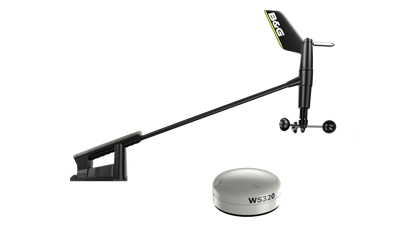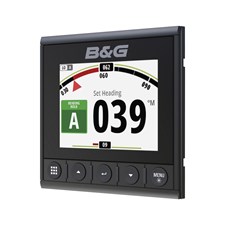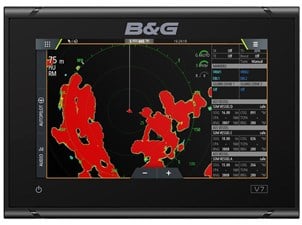Second half games
As we approached the Solomon Islands the teams were faced with three potential options for the route ahead coupled with a forecast that wasn’t particularly consistent.
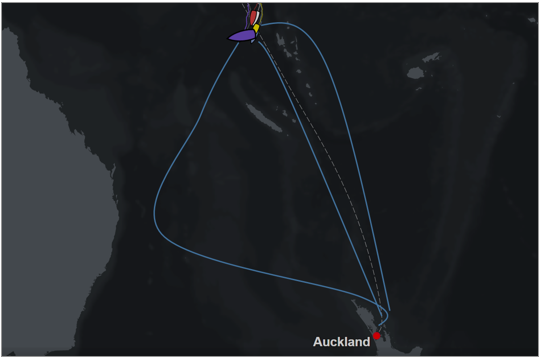
1. Heading towards Brisbane and trying to catch a low pressure to the south to then ride into New Zealand. This became known as the banana on our boat.
2. Point and shoot: flip and flop and flap your way to New Zealand along the rhumb line between New Caledonia and Vanuatu
3. Push east to come down between Vanuatu and Fiji.
4 None of the above really matters as it is not over until it is over and the last 300nm could provide huge opportunity and proved to.
Doldrums
Pushing east to come down between Vanuatu and Fiji was very quickly ruled out by all. Simply the wind direction and speed was not conducive to heading further east easily. The teams were faced with a wall of light winds to New Caledonia and the first signs of the new easterly breeze were not looking consistent until there and ultimately the quickest way out of these lighter winds was heading SSE.
Options 1 or 2 was still the big decision that would need to be made but only as the teams progressed and confidence was established as to when and where the new breeze would come in.
All teams wiggled their way south to try and escape the doldrums, 4 days of light winds with large cloud activity that as always effects everyone differently no matter how close you are to each other. A cloud can form between the boats and the wind can be the complete opposite either side and there was no choice in the matter.
At this point the boats were in pairs, Dongfeng and Mapfre, Brunel and Turn the Tide and Akzonobel and Scallywag. With positioning determined from earlier on in the leg, ultimately Akzonobek and Scallywag still had a more westerly position and Turn the Tide and Brunel held a potentially stronger easterly position with two red boats, unusually so bringing up the rear.
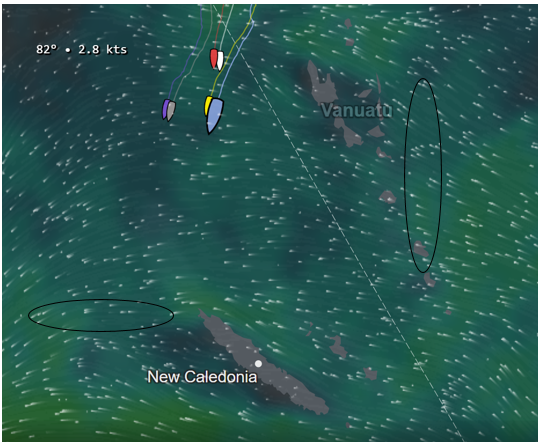
Even at this point in time you can see from the image that stronger breeze is either in the south or a lot further east and ultimately it is a faster sailing angle to the breeze in the south.
Navigationally there was a fairly large reef for the teams to negotiate their way through around or past as the approached New Caledonia and the knock on effects of positioning from that. As the teams progressed south the easterly position of Turn the Tide began to pay dividends and while Brunel clearly were not so successful with the clouds Turn the Tide were furthest east and almost as south as the previous leaders of Akzonobel and Scallywag but all were struggling with the light winds and an easy route around or through the reefs that lay ahead.
Some amazing imagery from both Dongfeng and Mapfre show them fully threading the needle between the reefs while Brunel and Turn the Tide managed to lay the far more navigable Grand Passage through.
Stealth
On every leg teams are allowed to play a stealth mode where a boats position for 24hours in not shared with the public or the other teams. This becomes harder or pointless if you are right next to another team. But this leg the first team to play their stealth mode was Brunel just after they had negotiated the Grand Passage and were trying to go through the lee of New Caledonia.
On every team you ask the question, ‘Why are they playing stealth mode?’
Is because they have stopped in light winds and don’t want other teams to know?
Are they thinking of splitting taking a subtly different route? In this case choosing to more on the wind and sail less miles but at a slower speed.
Or are they just trying to mess with your minds?
Meanwhile the team that play the stealth mode get the benefit of seeing the others positioning and trying to make a secret gain.
In the case of Brunel when they came out of stealth mode it seemed they had made the decision to split and take the shortest route and committing hard to going upwind even with Dongfeng and Mapfre chasing them down.
Despite the outcome this was a hugely viable option as the variability of the low pressure Akzonobel, TTOP and Scallywag where relying on to bring them back east at speed to make up for the extra miles could leave them high and dry in the west.
Reducing risk
With Brunel in stealth and the low pressure changing its position and speed of movement, the shorter distance was becoming more and more of an option. However, Akzonobel and Scallywag were relatively committed to doing the ‘banana.’
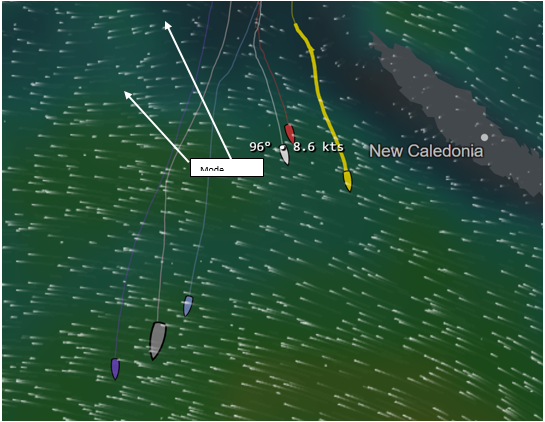
To potentially reduce the risk and reposition on Turn the Tide, on Scallywag we decided to sail a higher angle until we were confident in the forecast and other teams positioning. In hindsight this overall resulted in a loss and at time when actually doing the opposite on Akzonobel would have put the boat in a much stronger position.
When Brunel came out of stealth mode their decision to remain on the wind was revealed, whether they would hold true to course or reposition to protect against the now ever closing Mapfre and Dongfeng.
Picking a side
At this point in someways the consideration is to win the group you are with and then when the two groups converge again you are either at the top of the pile or in the middle of the pile and in with a shout. The fleet seemed firmly split and the results would be fought out in different ways.
The Final Miles
This leg showed what is great about sailing but also most frustrating about sailing as teams can race so well for 20 days only to lose the position in the last hours. Without a doubt across the fleet there was frustration in final 24hours as the front three becalmed and the previously trailing boats closed back in.
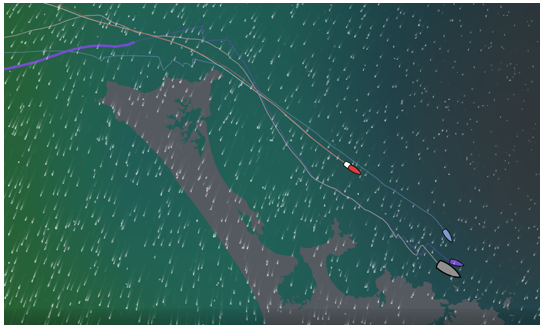
As the boats turned to the SE Akzonobel and Scallywag focused more on the initial two boat race they were and reaching low of course they ended up positioning themselves a lot closer to the shore as the temperatures rose and the weak gradient winds fought with a thermal influence.
The trailing boats closed in the with better breeze and the knowledge that holding further offshore would provide a better positioning and for few hours looked like they would go around the but the lead bunch just snuck into the pressure first and then drag race to the finish was on.
Final Moments
The form favourites of Dongfeng and Mapfre appeared to show their superior speed over the front three on the tracker, closing notably and overtaking Turn the Tide, but what was the real story? What you can’t tell from the tracker is what the team’s sail plan is and often the gains and losses that you see are through sail changes and different sail plans.
Coming into the finish there were differences in sail plans that proved significant for boatspeed, with Dongfeng and Mapfre changing to their J0 and then back to their MH0 while the leading three all remained on the MH0 holding the sail up range and outside of the most optimal angles.
Sometimes the hard decision is to take an initial loss on a boat with a period of being down speed while you change sails to knowing you will make it up by being faster for the remaining period. However, approaching a finish in this situation, the psychology in making that decision can be a lot harder.
After a mentally tough leg I have been getting some down time ahead of Leg 7, returning into the Southern Ocean, I will be back to preview this double points leg and the challenges ahead that it holds on Friday.

